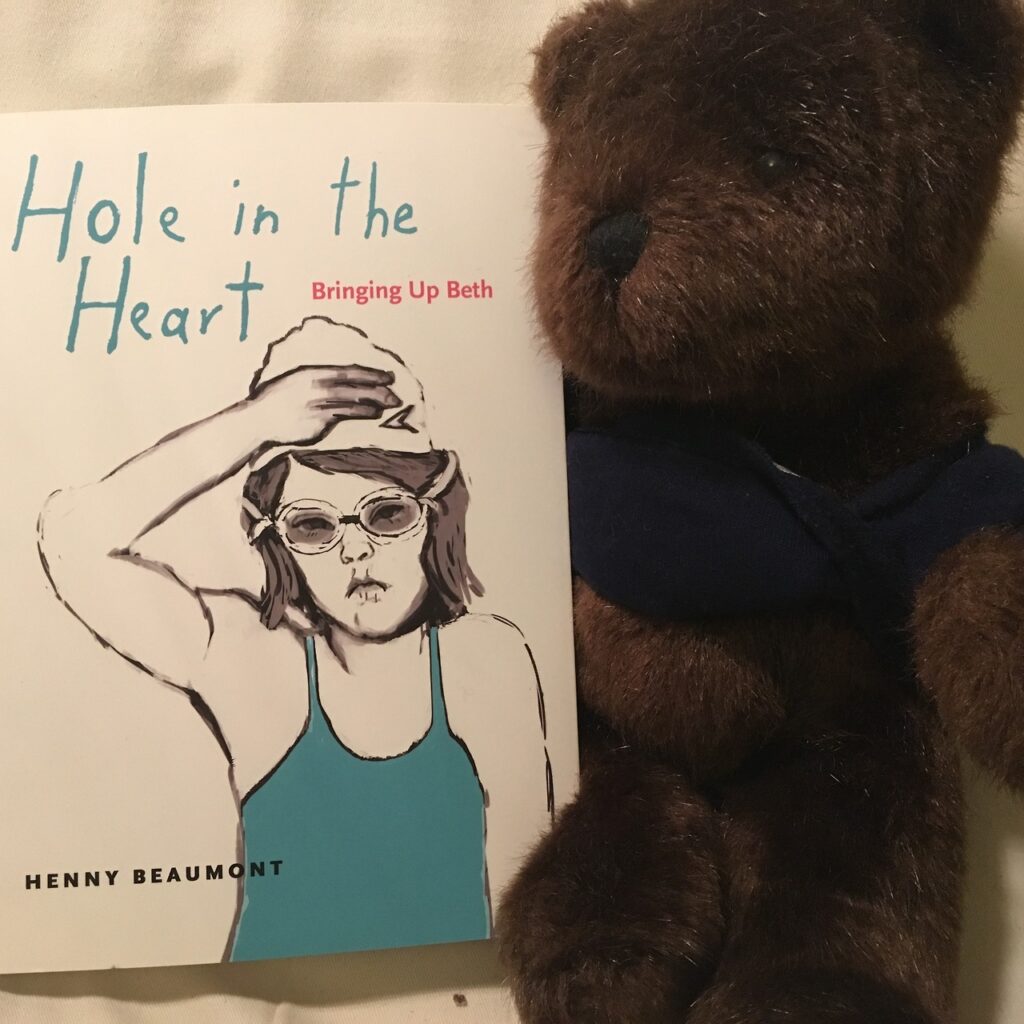HortIdeas
The best gardening innovations
Do plants have ideas? Yes.
I use this monthly to troll for the best in the art and science of gardening. Each month editors Greg and Pat Williams extract the meatiest, handiest, most practical innovations in vegetable, fruit and flower horticulture. They tirelessly glean material from obscure ag-extension bulletins, garden club newsletters, seed catalogs and dusty journals, reading it all so you don’t have to, and translating it into clear English so you can use it. They run no pictures, no ads; only concepts, tools, and techniques. It’s sort of like a Cook’s Illustrated for your garden — the advice is based on scientific testing, and the tools born out of genuine need.
The format is intelligent too. These days the newsletter (which has been in print for 20 years) can be emailed as PDF files. Because HortIdeas reports “news that stays new”, I recommend the nifty CD of the last 7 years of their back issues. In all its forms this humble yet intelligent newsletter is an amazing service which should appeal to anyone with a love of perfecting what is possible.**
Ohio State University horticulturists have been evaluating underutilized low-growing willows (Salix species) for their ornamental potential and hardiness. They gathered around 200 willows from a variety of international sources…. Several of the low-growing willows have interesting ornamental features and appear to be excellent candidates for use in small-scale gardens in the Midwest. Some are well-suited to container-growing. We hope that commercial nurseries become interested in propagating and marketing some of these trees! According to the OSU horticulturists, because of extreme variability among seed-propagated willows, it is imperative that individuals with unique qualities be propagated vegetatively.
**
For a long time, we’ve been looking for a less-toxic alternative to standard “knockdown” wasp sprays. Finally, we’ve found it: Victor Poison-Free Wasp & Hornet Killer, manufactured by the Woodstream Corporation, 69 N. Locust St., Lititz, PA 17543, phone 800-800-1819. The active ingredients in this product are mint oil and sodium lauryl sulfate (a foaming agent often used in toothpaste); the “inert” ingredients are carbon dioxide and water. From the label:
– Kills in Seconds-Wasps, Hornets, and Yellow Jackets
– Kills entire nest
– Fresh mint scent
Excerpt
Several years ago, there was considerable interest in adding hydrogen peroxide to irrigation water to enhance oxygen in the root zones of plants. At the time, some investigators reported increased crop yields with hydrogen peroxide, but, as far as we know, no commercial apparatus was developed. Perhaps the results of recent experiments conducted in Australia will rekindle interest in oxygenated irrigation systems. The Australian researchers injected 0.6 pints per 1,000 square feet of 50% hydrogen peroxide solution via subsurface drip irrigation tape into heavy clay plots following flooding of the soil. Zucchini plants grown in the plots produced 29% more fruits weighing 25% more than the fruits produced without hydrogen peroxide treatment. The researchers also tried injecting hydrogen peroxide at a rate of 0.1% by volume with the irrigation water provided to container-grown vegetable soybean plants in "heavy cracking" clay soil that was kept water-saturated. Yields of soybean pods (fresh weight) went up by 82-96% relative to the yields with no hydrogen peroxide.
Clearly, oxygenated irrigation is a highly promising way to boost production of crops growing in waterlogged heavy clay. We believe there could be a substantial market for a mechanismthat automatically injects hydrogen peroxide into drip irrigation systems.
**
Moss loves buttermilk and beer. Where did this "old school" formula of mixing moss fragments with buttermilk and/or beer in the family blender come from, and does it work? Moss craves acidic conditions which buttermilk and stale beer provide. While the "moss think tank" at Moss Acres prefers some less odorous methods of preparing a moss shake/slurry, this oft-prescribed method has about a 60% success rate when the moss fragments are kept consistently wet. Al Benner, president of Moss Acres, says: "Our customers tell us the applications for moss are expanding. Moss has always been ... popular ... in Asian gardens, rock gardens, water gardens, and shade gardens. But every day we are helping clients use moss for creative projects such as interior landscaping, stone walls, and moss roofs."
HortIdeas $15 per year via email $25 per year via snail mail























